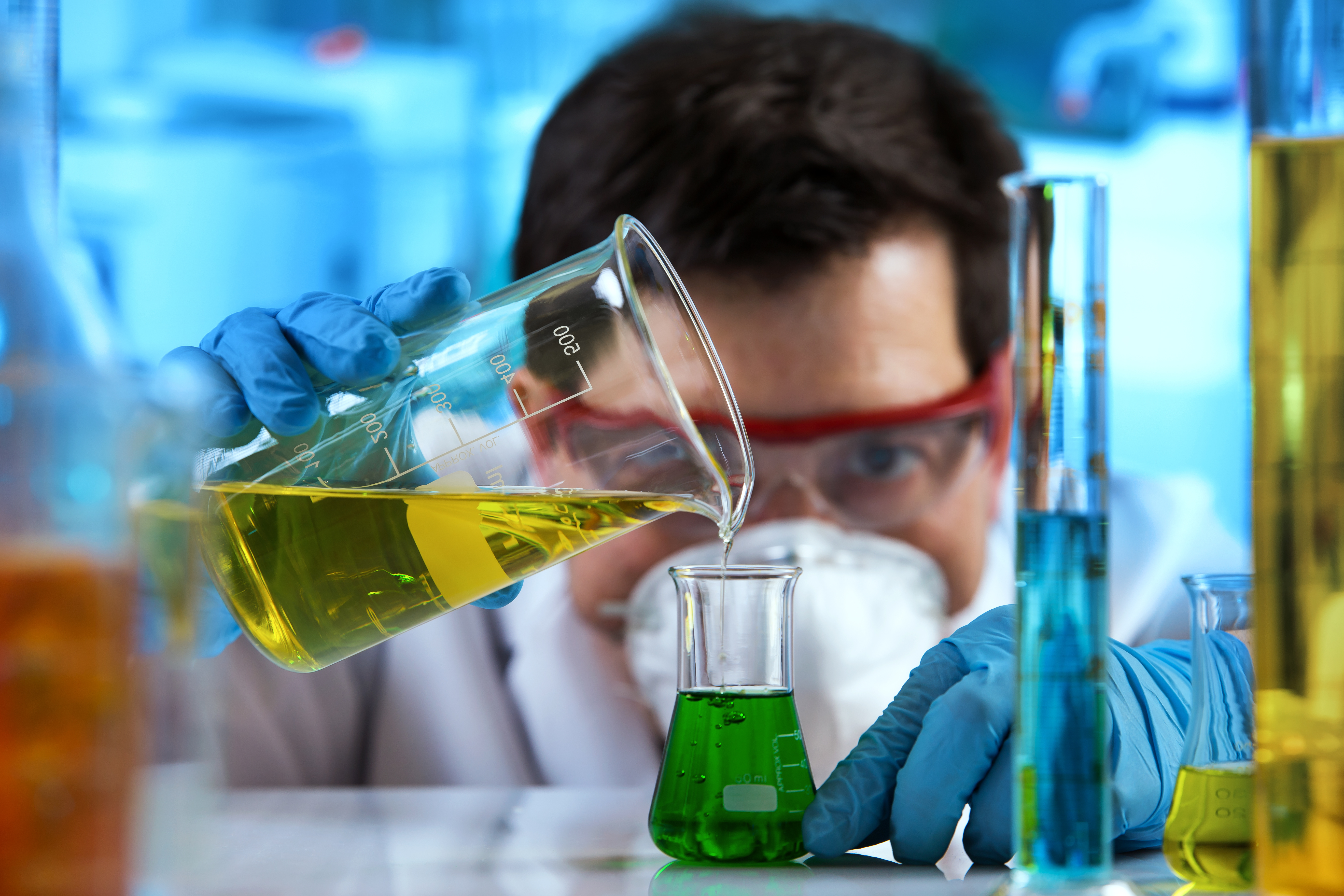In an era marked by rapid technological advancements and an increasing awareness of environmental issues, the emphasis on sustainable technological practices, such as material recycling and reuse, emerges as a pivotal challenge. Highlighting the importance of recycling and reusing materials can significantly diminish the environmental impact caused by manufacturing and waste disposal activities.
Companies specializing in technology lifecycle management are at the forefront of devising innovative strategies to prolong the usability of products. Through remanufacturing, refurbishing, and recycling electronic devices and batteries, these initiatives decrease the dependence on virgin materials and the overall energy consumption, as well as emissions associated with producing new items, thereby contributing positively to environmental conservation.
However, the environmental benefits are mitigated by the energy use and emissions from the recycling processes themselves. It is crucial for electronics recycling companies to adopt practices that reduce their carbon emissions, striving to make the electronics recycling and repurposing processes as energy-efficient as possible.
Leveraging renewable energy sources stands out as a viable approach to meet energy needs and address climate change concerns. Transitioning to sustainable energy alternatives from traditional fossil fuels is increasingly recognized as an essential step towards mitigating environmental impacts and averting the looming threat of resource scarcity.
You can read more about emissions generated across Scope 1,2 and 3 emissions and the commitments SK tes has made to reducing emissions in our latest Sustainability Report.
Electricity Use and Scope 2
Electricity use is a fundamental requirement of ITAD and recycling business operations, however its generation and consumption are also closely linked to environmental impacts. Emissions from purchased electricity often represents a significant share of a company’s carbon footprint.
Purchased electricity comes under the category of Scope 2 emissions in the Greenhouse Gas (GHG) Protocol, the internationally recognised tool that provides standards and guidance to measure and manage their GHG emissions.
Understanding Scope 2 emissions is crucial for IT Asset Disposition (ITAD) and lithium battery recycling companies aiming to reduce their carbon footprint and improve sustainability practices. Addressing Scope 2 emissions is often a significant opportunity to contribute to the transition to a low-carbon economy, as the energy sector is a major source of GHG emissions globally.
Transparently reporting Scope 2 emissions is important to clients engaging ITAD and recycling companies to help with lifecycle management of electronic technology equipment and lithium-ion batteries. These organisations are increasingly mindful of the environmental performance of the service providers they choose to work with. Reporting and taking action on Scope 2 emissions demonstrates commitment to sustainability, can lead to financial benefits and satisfies the reporting requirements of stakeholders.
As a responsible business, SK tes chooses to report publicly on our total scopes 1,2 and 3 GHG emissions, in accordance with Global Reporting Initiative (GRI) standards in our annual Sustainability Report.
Reducing Scope 2 Carbon Emissions at SK tes
At SK tes, scope 2 emissions represent almost 80% of the emissions generated in our own operation. Next to initiatives for energy savings and energy efficiency, renewables will be a significant enabler of SK tes’s ambitious target. Throughout SK tes’s 43 facilities in 22 countries, efforts are being made to find solutions to reduce dependence on national electricity mixes, and to partially or completely consume electricity generated from renewable sources.
SK tes has committed to Net-Zero by 2050 and has announced intermediate targets to reduce emissions by almost half by 2030. SK tes is committed to a near-term target to reduce scope 2 emissions by 42% by 2030, compared to the emissions generated in 2023, putting us on the trajectory to achieve net zero by 2050 in alignment with science based targets and the Paris Agreement.
At the SK tes headquarters in Singapore, photovoltaic (PV) solar panels were installed in the battery recycling facility in 2021, and at the ewaste recycling facility in 2022. The panels provide the buildings with clean energy that accounts for up to 25% of total monthly electricity consumption at our battery facility and an average of 40% at the ewaste recycling facility.
Around the world, SK tes is making changes to contribute to the energy transition. In Sweden SK tes is operating on 100% renewable energy, becoming our first net zero scope 2 location. SK tes Virginia, US has a 100% renewable energy contract and SK tes Thailand installed PV solar panels in 2021, providing more than 50% of their electricity consumption.
The Energy Hierarchy - Thinking Outside the Box
When we consider the actions SK tes needs to undertake to reduce scope 2 emissions, we follow and prioritise the energy hierarchy. Efforts first prioritise savings or reductions over efficiency and then renewable energy initiatives.
At our facilities in Australia SK tes has achieved considerable energy savings by reducing the number of ‘in use’ local servers from 10 to 3 and scheduling server downtime when not in use.
In Thailand, SK tes is making significant steps forward in the emission reduction journey with the procurement of electric trucks, set to become operational in Q2 2024.
Pioneering Energy Storage Systems (ESS)
Building on our efforts to generate renewable energy at our facilities, SK tes is also pioneering an innovative energy storage system (ESS) using second life batteries. This initiative aims to capture and store the renewable energy produced in excess by the PV panels into a combination of batteries at different states of health, further reducing their dependency on the national grid.
Contributing to our Clients’ Sustainability Goals
Companies around the world are increasingly voluntarily reporting on their environmental impact or, in some countries, being required to under new regulations. The Greenhouse Gas Protocol (GHGP) is a voluntary framework for reporting, which organises emissions into Scopes 1,2 and 3. Emissions related to disposing of IT and data center technology and batteries count as Scope 3 emissions.
By adopting practices to keep our emissions as low as possible, we make a significant impact on reducing the carbon footprint associated with the electronic product lifecycle. By minimizing energy consumption at SK tes, we reduce our own Scope 2 emissions and contribute to reducing Scope 3 emissions for clients choosing SK tes as their global ITAD company and lithium battery recycling company.
SK tes also has plans in place to achieve science-based reductions in both Scope 1 and Scope 3 emissions, including facility-level climate transition plans to eliminate legacy equipment that uses fossil fuels, taking a responsible approach to business travel, sustainable employee commuting and purchasing.
Reducing Scope 2 emissions at SK tes has a twofold benefit: directly reducing GHG emissions and supporting our clients in achieving their emissions reduction and sustainability targets. Through innovation, efficiency, and a commitment to sustainability, SK tes is the ideal IT lifecycle management partner in your journey to reduce GHG emissions and mitigate the impacts of climate change.
SK tes is taking action to make technology use sustainable. Our action to reduce emissions, leverage renewable energy sources, and pioneer innovative solutions demonstrates our commitment to reduce the environmental impact of our IT lifecycle management solutions and deliver sustainability benefits to our clients.


.png?width=550&height=300&name=TES%20-%20Disposition%20av%20IT-tillg%C3%A5ngar%20(ITAD).png)




